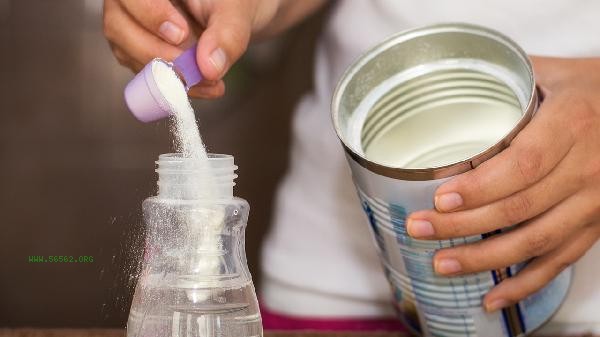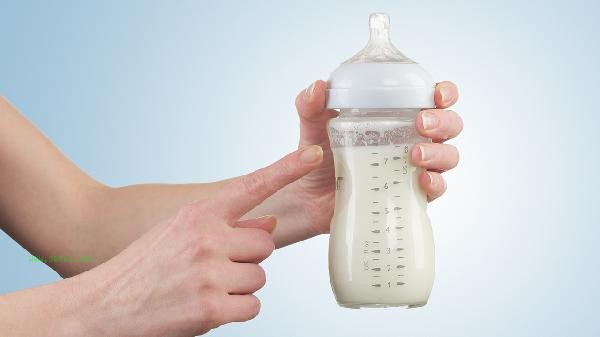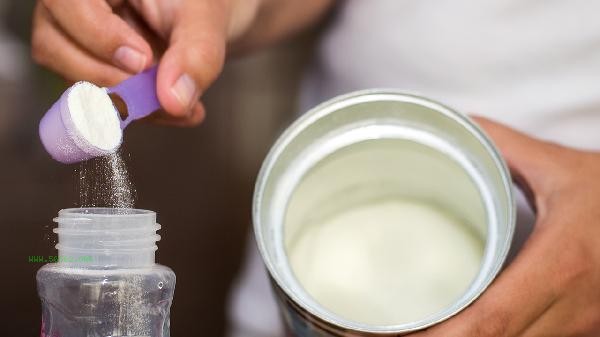The brewing methods for middle-aged and elderly milk powder mainly include controlling water temperature, adjusting concentration, stirring in batches, avoiding impurities, and selecting suitable containers.

1. Control water temperature
When brewing middle-aged and elderly milk powder, the water temperature should be kept at 40-50 degrees Celsius. Overheating can damage the active nutrients such as probiotics and vitamins in the milk powder, while low water temperature may lead to insufficient dissolution of the milk powder. You can use a thermometer to measure or test the temperature on the inside of your wrist, and it is advisable to feel a slight warmth without burning. Some milk powder packaging with added special ingredients will have clear water temperature prompts, and priority should be given to referring to the instructions.
2. Adjust Concentration
It is recommended to add 25-30 grams of milk powder every 200 milliliters of warm water, and the specific ratio needs to be adjusted according to the product instructions and personal digestive ability. For those with weak gastrointestinal function, it can be diluted appropriately, and for those who need to supplement nutrients, it can be brewed according to the upper limit. The first attempt at drinking should start with a low concentration and gradually adjust after observing bowel movements. Diabetes patients should pay attention to the choice of sugar free formula and strictly control the total amount.
3. Split Mixing
First, pour in one-third of warm water, add milk powder, and stir clockwise until there are no lumps. Then slowly add the remaining water and continue stirring. When brewing with a shaking cup, shake it up and down for 30 seconds and then let it sit for 1 minute to avoid generating too many bubbles and causing bloating. It is recommended to use wide mouthed bottom glass rods or food grade silicone spoons for mixing equipment, as metal spoons may accelerate the oxidation of certain nutrients.

4. Avoid mixing impurities
Wash hands and container before brewing. After opening, store the milk powder in a cool and dry place to prevent moisture, clumping, or foreign matter from entering. Do not leave the milk powder spoon in the can for a long time, clean and store it separately after each use. Milk powder that has already clumped should be screened for hard lumps before use. If mold or odor appears, it should be immediately stopped from consumption.
5. Choose a suitable container
It is recommended to use ceramic or glass wide mouthed cups for easy mixing and cleaning. Insulated cups are only suitable for short-term storage and may breed bacteria after 2 hours. Microwave heating can cause local overheating and damage nutrients. If heating is required, it is recommended to keep it warm and separate from water. When carrying out, you can choose to pre measure the single dose in the packaging box to avoid repeated can opening and contamination.

As a nutritional supplement for middle-aged and elderly people, it is recommended to drink it 2 hours before breakfast or bedtime to avoid eating it with meals that may affect digestion. After brewing, it should be consumed within 1 hour, and the remaining milk cannot be reheated. Pay attention to moisture and light during daily storage, and try to use up within 3 weeks after opening. Moderate exercise can improve calcium absorption, and long-term drinkers should regularly check their bone density and blood sugar levels. Individuals with special physical conditions or chronic diseases should consult a doctor to adjust their drinking intake. If diarrhea or allergies occur, they should immediately discontinue use and seek medical attention.




Comments (0)
Leave a Comment
No comments yet
Be the first to share your thoughts!